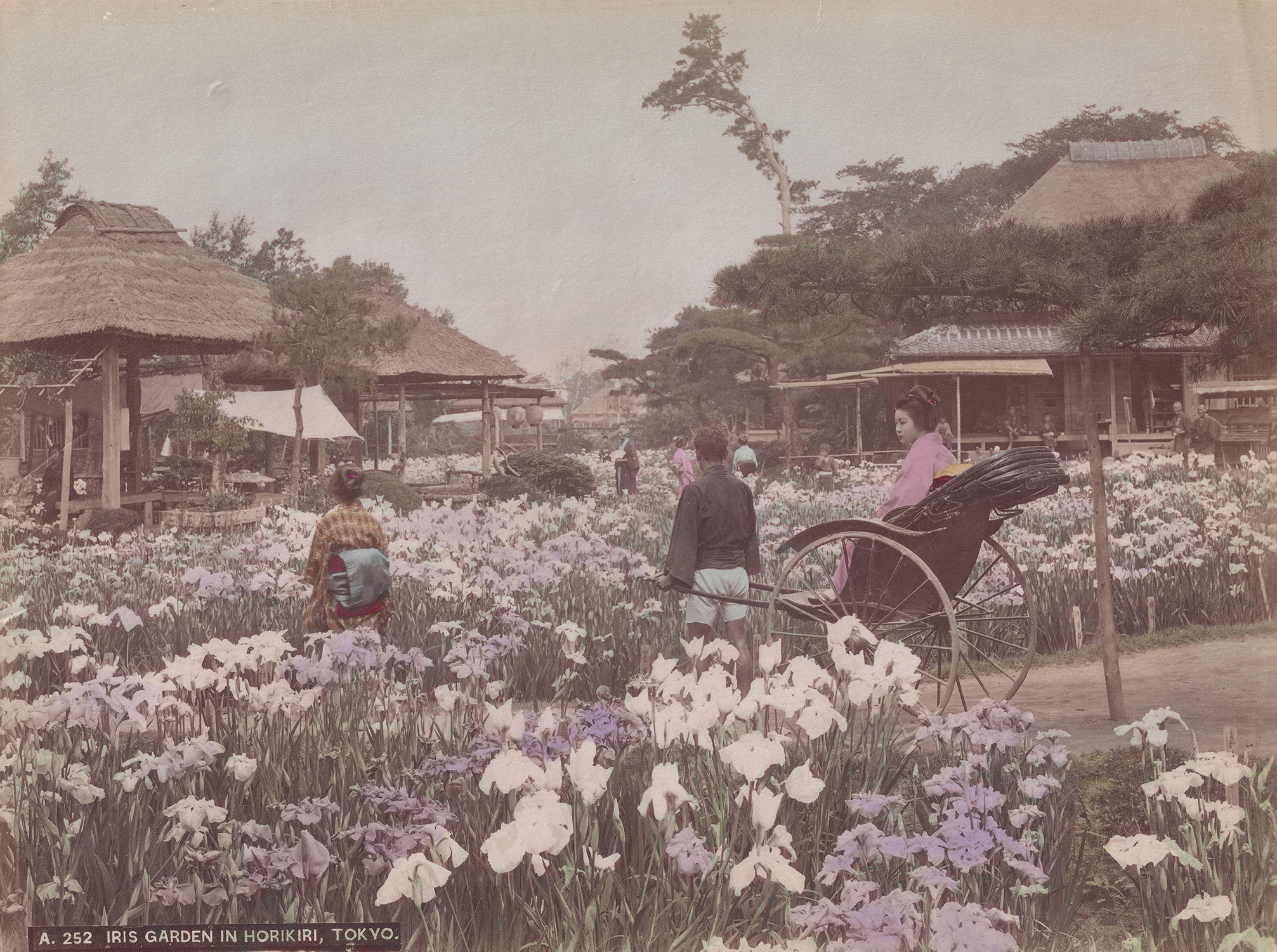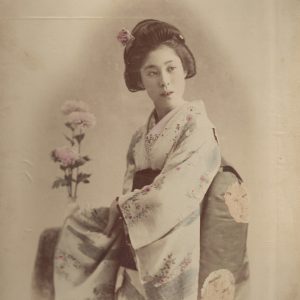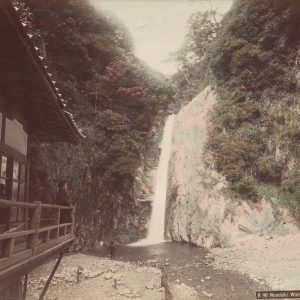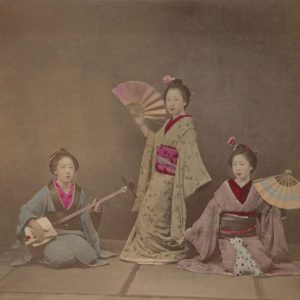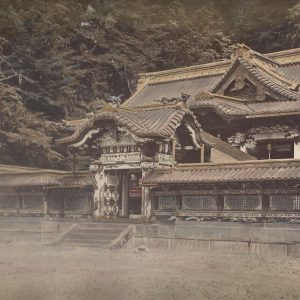Iris Garden in Horikiri, Tokyo
320,00€
Hand coloured albumen print
(Not attributed)
Circa 1880
D. 27,9 × 20,9 cm
Description
This photograph on albumen paper is part of the refined production of the Yokohama school, whose subtle tones and soft colour palette ensured its success, especially with Westerners. Here, the colour sublimates the subject, giving the irises of the Horikiri garden the beauty of their hues.
A popular garden since the Edo period, Horikiri benefits from a microclimate that allows the cultivation of many varieties of iris. These flowers are very present in Japanese art, and can be found in various mediums. During the Edo period, art was strongly influenced by flowers, whose allusive power was particularly appreciated by the masters of the Rinpa school, notably the Ogata brothers. Iris are also part of the Japanese literary tradition and have a strong cultural symbolism that was taken up in photography during the Meiji period.
The photographs of this period were often taken by photographers’ studios, first foreign, then local, who accumulated picturesque views of the country, its landscapes and traditions, for foreigners. Indeed, Westerners’ taste for exoticism conditioned the subjects selected by the photographers.
If the use of colour, so typical of Japanese photography, was initially intended as a documentary tool, it is now spreading for its aesthetic side and contributing to the originality of Japanese production. Hand-coloured, these photographs bear witness to a specific know-how, and the translucent colours are obtained from pigments mixed with bone glue (nikawa). This technique is particularly suited to the paper used for the print, whose main component is albumen. This warm-toned paper is particularly suited to the colouring technique, whose translucent aspect reinforces the naturalism of the representation.
Condition report: Good condition, circular mark in the upper left corner due to an old point of glue; insignificant fold in the lower left corner; slightly darker rim corresponding to the mark of the old frame.

